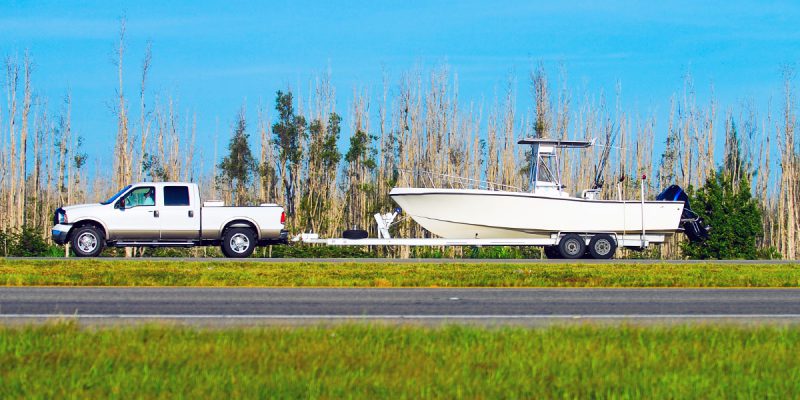Towing with a 4WD opens up a world of possibilities for adventure. From hauling a camper to carrying a boat, you can do it all. But maximising your 4WD’s towing power takes more than just hooking up a trailer and hitting the road. To ensure a smooth, safe, and efficient towing experience, here are seven essential tips to help you get the most from your 4WD’s towing capacity.
Choose the Right Equipment
Using the right equipment is fundamental to successful towing. A towbar, for example, is an essential component. You should always select one that matches your vehicle’s towing capacity. Not all are created equal, so it’s important to choose one rated specifically for your vehicle model. A well-matched one can make all the difference in ensuring both safety and performance.
Know Your Vehicle’s Capacity
It’s crucial to understand your 4WD’s capacity before you start towing. This capacity can usually be found in your vehicle’s manual or specifications sheet and includes both the maximum braked and unbraked towing weights. Overloading your vehicle can cause serious damage to the drivetrain and braking system, as well as increase the risk of accidents. Keep in mind that this figure includes the total weight of both the trailer and its cargo, so plan accordingly.
Check Your Tyres
Good tyre maintenance is critical when towing. Ensure your tyres are properly inflated according to the manufacturer’s recommendations for towing loads. Tyres with insufficient pressure can heat up quickly and risk blowouts, especially under the stress of additional weight. Regularly inspect the tread depth and condition of your tyres to ensure they’re road-ready for the extra load.
Balance the Load
When loading your trailer, aim for even weight distribution. A well-balanced load reduces swaying and puts less stress on your vehicle. The general rule of thumb is to place about 60% of the load in the front half of the trailer, closest to the vehicle, and distribute the remaining weight evenly. This will keep the trailer stable and minimise risks when turning or braking.
Use Proper Driving Techniques
Driving with a trailer requires adjustments in technique. Here are a few things to remember:
- Accelerate gently: Avoid sudden bursts of acceleration that can strain your engine and transmission.
- Allow for extra braking distance: A loaded trailer adds weight, meaning you’ll need more time to come to a complete stop.
- Take wide turns: To prevent the trailer from clipping corners or curbs, make your turns wider than usual.
- Downshift on steep declines: Use your engine to help control speed instead of solely relying on the brakes.
Perform Regular Maintenance
Towing puts extra stress on your 4WD, which can increase wear and tear. To keep it in peak condition, perform regular maintenance checks, including inspecting the cooling system, brakes, transmission, and engine oil levels. A well-maintained vehicle is less likely to suffer a breakdown and will perform more reliably under heavy loads. Additionally, consider using higher-grade oils and fluids that are specifically designed for towing applications, as these can help handle the extra heat and stress.
Be Aware of Local Regulations
Each region may have specific laws, from maximum speed limits to restrictions on trailer dimensions and weights. Familiarise yourself with the regulations in your area to avoid fines or complications. In some places, drivers are required to use additional mirrors or lighting when towing, while other areas may have rules about maximum allowable trailer weight. Staying informed will help you avoid legal issues and keep you safe on the road.
Towing with a 4WD opens up a range of adventures, but it’s essential to understand the demands it places on your vehicle. By equipping your 4WD with the right towbar, you can enjoy a worry-free experience. Remember, regular maintenance and attention to detail are key to maximising your 4WD’s towing power.






